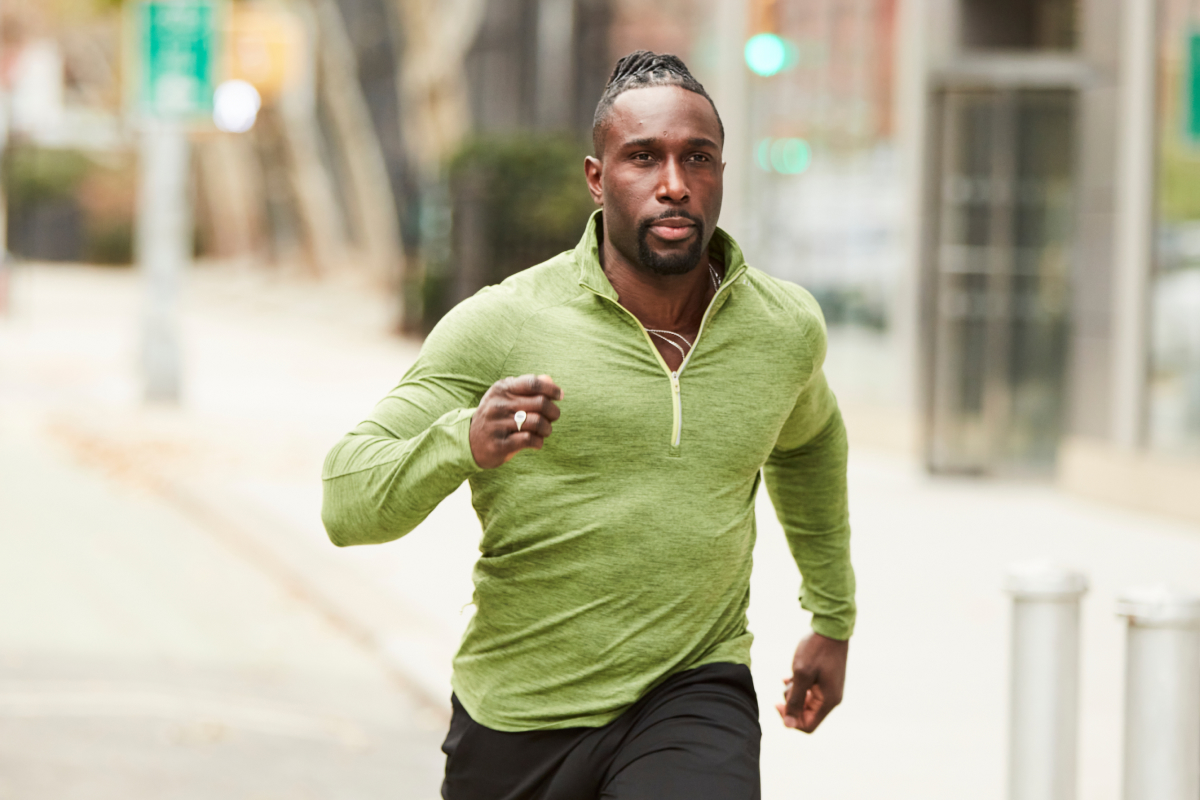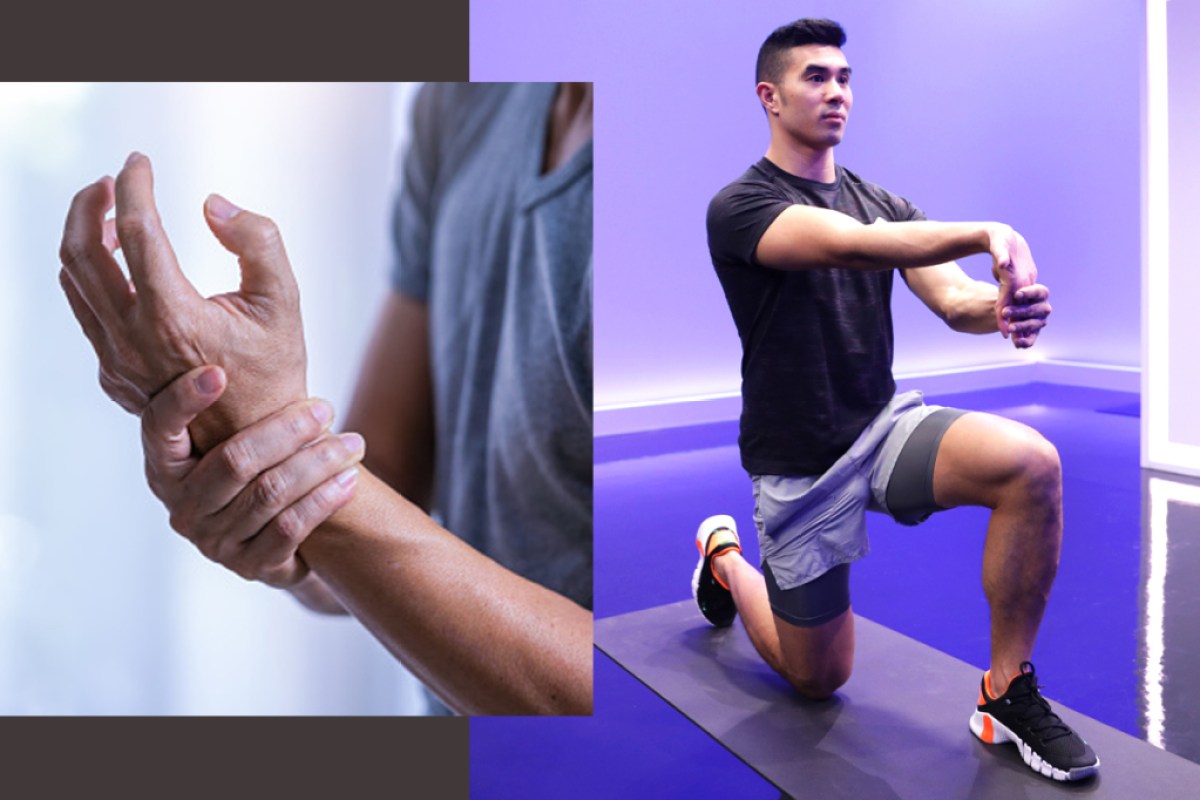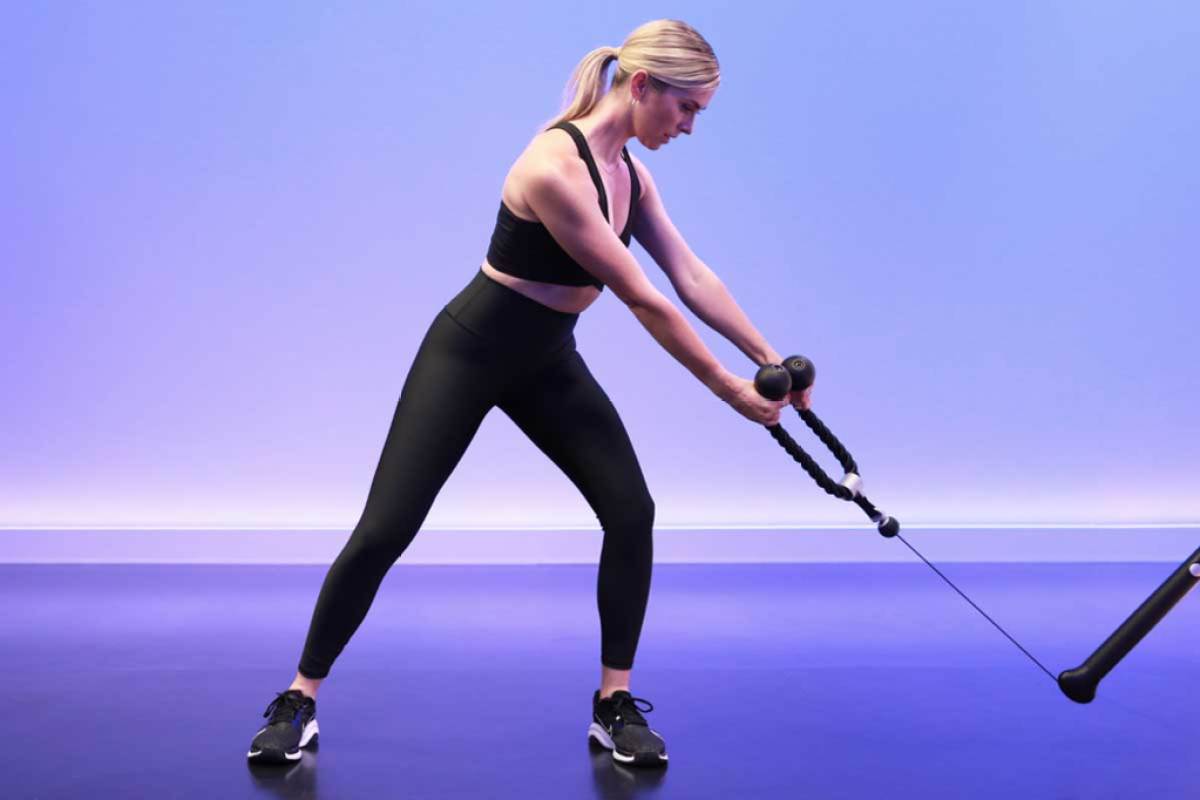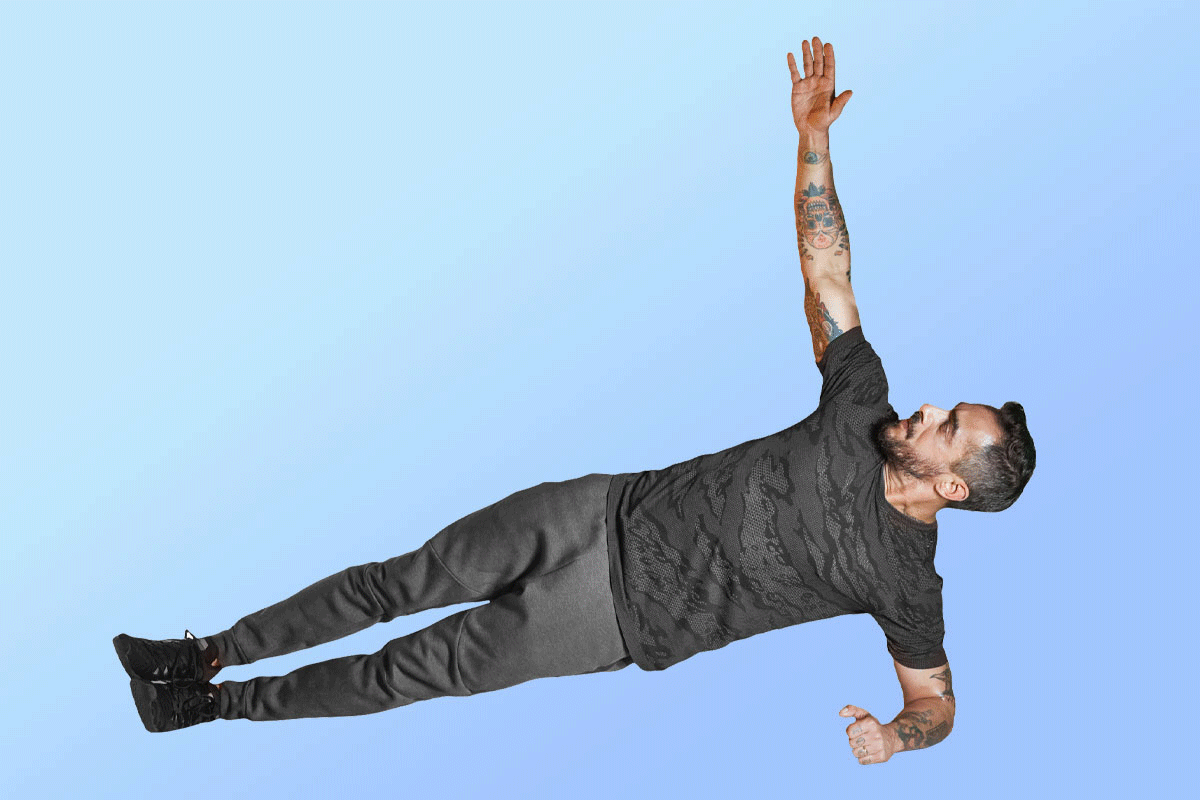This former track athlete brings enough energy to every workout to carry you to your next PR.

Ackeem Emmons’ path to becoming a certified personal trainer and fitness coach started in a rehabilitation facility. In 2009, during his previous career in restaurant and hotel management, he was walking to work in a rush when he was hit by a speeding driver. The former track and field athlete wouldn’t walk again for months.
“I had to go to PT [physical therapy] and relearn how to do a thing I did so naturally,” Ackeem said. “The things that I once took for granted were things that I now have a new level of appreciation for. After getting the gift of running taken away from me, I wanted it back. I wanted to come back stronger. I saw that it was possible. That’s when I started to train myself.”
Once Ackeem was back on his feet and out of rehab, he began hitting the gym. Without much direction, he started shadowing a group of bodybuilders, watching and secretly copying their workouts until they caught on and finally invited him to join them.
Ackeem had worked in many of the most popular restaurants in New York City, but the more he learned about his body, the more he wanted to spend time in the gym improving his strength and mobility. Before long, he started to share what he learned—first by training his friends—until eventually, he quit the restaurant industry and made fitness his full-time job.
After earning a slew of certifications and working in the fitness industry for years, Ackeem brings his expertise to Tonal as the newest coach. Here, Ackeem shares more about his journey to the Tonal stage and what you can expect from him when you sweat with him.
What’s your vibe as a coach?
When you tap on my face for a workout, you’re going to get energy. On a scale of one to 10, it’s probably going to be at a 25 because sometimes working out isn’t always the most fun thing to do. Taking yourself out of your comfort zone isn’t always the most ideal thing to do. You are depending on me to not only come up with a program and build that trust, but to also bring enough energy for the both of us if you don’t have the energy that day. Whether you like it or not, you tapped play, and we’re getting this done.
What’s it like to train with you?
If I had to describe my training, I’d say it’s honey on the medicine. You have to get out of your comfort zone in order to get better. I just make the process a lot more fun. So we’re doing hard things, but we’re having a good time, and in the end, you’re better for it.
Why should someone take your class?
You should work out with me because I am able to distract you from the tedious parts of training. There is a way to deliver the message, and program a workout where the focus is on having a good time and less about the “pain.” Challenges can be fun; learning can be easy; and we tend to be more committed when we’re having a good time.
As my career has progressed, I’ve seen a lot of beginners—a lot of people that didn’t know anything about the gym, and they wanted some guidance and knowledge. My client is usually someone that’s a little insecure and just eager to learn.

Tell us about your athletic background.
My first love is—and always will be—track and field. My first race was against my dad when I was very young in Trinidad. It was in the [Queens Park] Savannah. My father seemed 10 feet tall, and I idolized him. I just remember I was in front of him the whole time. He was behind me, cheering me on all the way to the finish line.
During the car ride home, I thought I was the fastest kid in the world. I didn’t want to play any other sport. I didn’t want to do anything else. So I joined track clubs and raced anyone I ever met. I ran in high school and for a little bit in college.
What did you learn while rebuilding your body after the accident?
With PT, it’s all about mini victories. It could be a big accident, it could be a big setback, but day after day, session after session, it’s the “little big things” that matter the most, and that was the most interesting to me. It could be something simple like moving my leg a little bit higher, or moving my hips a little bit more. These things that seem really insignificant to the average person were a big win for me. I’ll implement that into my training. It isn’t always the big transformation or the big lift; it’s about those little victories that may not be something you can count but are something you can feel. And that feeling is kind of addictive.

What are you passionate about outside of fitness?
I love videography. I love capturing moments. That’s one of my big hobbies. Sometimes I like to just get lost in the city and shoot things.
There’s a certain synergy with that and training. A client is a blank canvas. We all have the same tools. You can give somebody the same paintbrush, camera, or workout list, and they’re going to come up with different images, pictures, and programs. So depending on your vision, where they are and where they can be will dictate the program, the workout, and the way you apply it. So those are the parallels. You can be creative in both spaces. I did not invent the pushup or the squat. But how I get someone to do it or convince them to do it or show them how—that’s going to be different depending on the coach.
What does strength mean to you?
Strength is a non-negotiable. Sometimes we run away from a problem. Sometimes we avoid problems. But when you build strength, you build confidence, and when you build confidence, you build you. We only have one life to live. We’re not doing it on the couch. We’re not playing it safe. We’re going to get crazy.
What led you to Tonal?
The big word is evolution. It’s growth and change. Tonal grows with you. You change during the rep. We evolve over time. At the core of it all, I think Tonal has done a genius job of creating a space where you can’t plateau, where you can’t cheat. They’ve answered all the questions. Even the ones you haven’t asked yet.
This interview has been edited for clarity and length.


